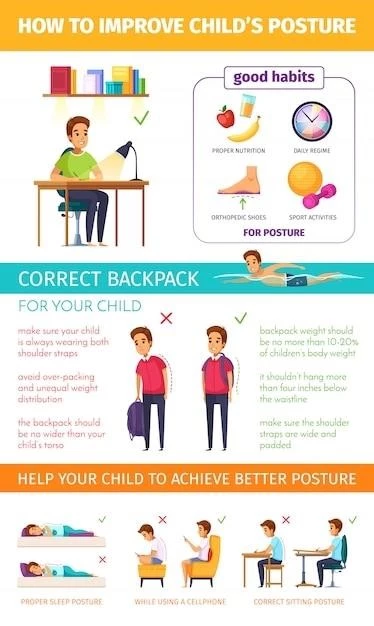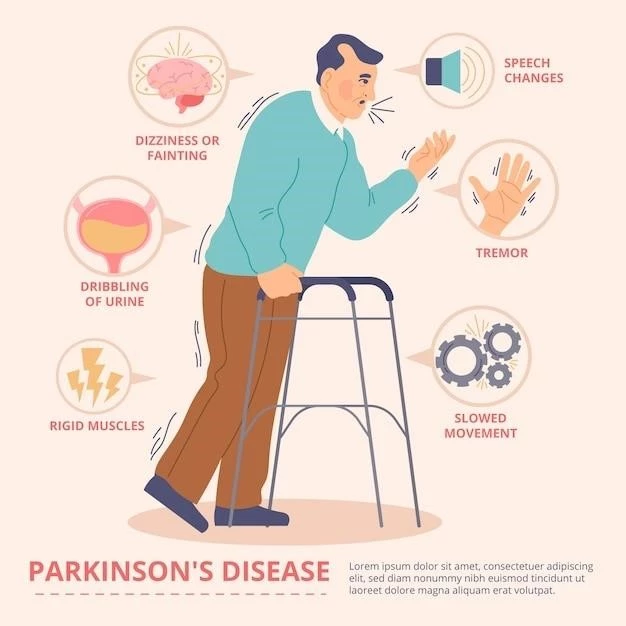In medical literature, Teebi-Shaltout syndrome is defined as a rare genetic developmental defect characterized by distinct craniofacial features, abnormal head shape, ectodermal dysplasia, and musculoskeletal anomalies. The syndrome was first reported in 1989 and is inherited in an autosomal recessive manner.
Definition and Characteristics
In medical literature, Teebi-Shaltout syndrome is described as a rare genetic developmental defect characterized by distinct craniofacial features, abnormal head shape, ectodermal dysplasia, and musculoskeletal anomalies. It was first reported in 1989 by Teebi and Shaltout in a child of consanguineous Arab parents. The syndrome exhibits a range of features including craniofacial abnormalities like scaphocephaly, hypertelorism, ptosis, a bulbous nose, and a high palate. Additionally, individuals with this syndrome may present with abnormalities such as abnormal hair, camptodactyly, a caudal appendage, and absence of primary teeth. Teebi-Shaltout syndrome is inherited in an autosomal recessive manner.
Symptoms of Teebi-Shaltout Syndrome
The symptoms of Teebi-Shaltout syndrome include missing teeth, short eyelids, abnormal hair, camptodactyly, and a caudal appendage. Individuals with this syndrome may also present with scaphocephaly, hypertelorism, ptosis, bulbous nose, and a high palate.
List of Common Symptoms
Common symptoms of Teebi-Shaltout syndrome include missing teeth, short eyelids, abnormal hair, camptodactyly, caudal appendage, scaphocephaly, hypertelorism, ptosis, bulbous nose, and a high palate. Additionally, individuals may exhibit a narrow forehead, telecanthus, small earlobes, broad nasal bridge and tip, underdeveloped ala nasi, small/wide mouth, and a cleft palate.

Genetic Aspects of Teebi-Shaltout Syndrome
The genetic aspects of Teebi-Shaltout syndrome involve an autosomal recessive mode of inheritance. This syndrome is characterized by slow hair growth, scaphocephaly, absence of primary teeth, camptodactyly, and caudal appendage with sacral dimple.
Modes of Inheritance
Teebi-Shaltout syndrome is characterized by autosomal recessive inheritance. This means that an individual must inherit two copies of the mutated gene, one from each parent, to develop the syndrome. The syndrome is linked to slow hair growth, scaphocephaly, the absence of primary teeth, camptodactyly, and a caudal appendage with a sacral dimple.

Diagnosis and Management of Teebi-Shaltout Syndrome
The diagnosis of Teebi-Shaltout syndrome involves recognizing the characteristic facial features, abnormal head shape, ectodermal dysplasia, and musculoskeletal anomalies associated with the syndrome. Genetic testing may be conducted to confirm the presence of mutations. Management of the syndrome focuses on symptomatic treatment and multidisciplinary care to address the diverse range of symptoms and complications that can arise.
Research and Studies on Teebi-Shaltout Syndrome
Research and studies on Teebi-Shaltout syndrome have primarily focused on understanding the genetic basis of the syndrome, identifying characteristic facial features and malformations associated with it, and exploring the impact of the syndrome on affected individuals. Studies have delved into the modes of inheritance, diagnostic criteria, and management strategies for individuals with Teebi-Shaltout syndrome. Ongoing research aims to improve the understanding of this rare genetic developmental defect and enhance patient care.
Craniofacial Anomalies in Teebi-Shaltout Syndrome
Individuals with Teebi-Shaltout syndrome present with distinct craniofacial anomalies, including abnormal head shape with a narrow forehead, hypertelorism, telecanthus, small earlobes, broad nasal bridge and tip, underdeveloped ala nasi, and small/wide mouth. Additional features may include scaphocephaly, ptosis, high or cleft palate, and abnormalities in the teeth structure.
Ectodermal Dysplasia in Teebi-Shaltout Syndrome
Teebi-Shaltout syndrome is associated with ectodermal dysplasia, resulting in abnormal hair, sweat glands, nails, and teeth. Individuals with this syndrome may exhibit sparse, fine, and dry hair, as well as absence or malformation of sweat glands affecting thermoregulation. Furthermore, abnormalities in nail formation and primary teeth structure can be observed in patients with Teebi-Shaltout syndrome.
Camptodactyly and Caudal Appendage in Teebi-Shaltout Syndrome
Teebi and Shaltout described a syndrome in 1989 characterized by distinct craniofacial anomalies, abnormal hair, camptodactyly, and a caudal appendage in individuals born to consanguineous parents. The anomalies included scaphocephaly, hypertelorism, ptosis, bulbous nose, small mouth, and abnormal teeth structure, providing insights into the varied manifestations of the syndrome.
Support Resources for Teebi-Shaltout Syndrome Patients
For individuals with Teebi-Shaltout syndrome, access to support resources is essential for comprehensive care. Support groups and communities dedicated to Teebi-Shaltout syndrome offer valuable information and a sense of community for patients and their families. Healthcare providers specializing in this rare genetic defect can provide tailored support, while ongoing research efforts continue to expand knowledge and improve management strategies for Teebi-Shaltout syndrome. Additionally, financial resources such as disability benefits from organizations like the Social Security Administration can offer financial assistance to individuals affected by the syndrome.
Case Studies and Specialist Insights on Teebi-Shaltout Syndrome
Case studies of Teebi-Shaltout syndrome have highlighted the unique combination of craniofacial anomalies, abnormal hair, camptodactyly, and caudal appendage observed in affected individuals. Specialists have provided insights into the genetic basis of the syndrome, inheritance patterns, and clinical management strategies. By delving into individual cases and expert analyses, a deeper understanding of Teebi-Shaltout syndrome is gained, contributing to enhanced patient care and future research directions.
Associations with Other Syndromes and Diseases
In addition to Teebi-Shaltout syndrome, there are various syndromes and diseases that may exhibit overlapping symptoms or genetic characteristics. For instance, vascular Ehlers-Danlos syndrome shares distinctive facial features with Teebi-Shaltout syndrome, including a thin nose, thin upper lip, small earlobes, and prominent eyes. Understanding these associations can aid in differential diagnosis and comprehensive patient management.
Teebi Hypertelorism Syndrome
Teebi Hypertelorism Syndrome is characterized by an abnormally increased distance between ocular orbits and facial features that can closely resemble craniofrontonasal dysplasia. The syndrome shares distinctive facial features with Teebi-Shaltout syndrome, such as a thin nose, thin upper lip, small earlobes, and prominent eyes.
Impact of Teebi-Shaltout Syndrome on Patients and Families
Having Teebi-Shaltout syndrome can profoundly impact both patients and their families. Individuals with the syndrome may experience challenges related to the characteristic craniofacial anomalies, abnormal hair, camptodactyly, and caudal appendage, affecting their physical and emotional well-being. Families may face emotional and financial burdens while navigating the complex care needs of their loved ones. Support networks, medical care, and resources play a crucial role in helping patients and families cope with the impact of Teebi-Shaltout syndrome.
Future Directions in Teebi-Shaltout Syndrome Research
Future research on Teebi-Shaltout syndrome aims to delve deeper into the genetic underpinnings of the syndrome, elucidate the complex interplay of various symptoms, and explore potential therapeutic interventions. Advancements in genetic sequencing technologies offer promising avenues for identifying causative mutations and understanding disease mechanisms. Research endeavors will likely focus on enhancing diagnostic approaches, developing targeted treatments, and improving overall outcomes for individuals affected by Teebi-Shaltout syndrome.
